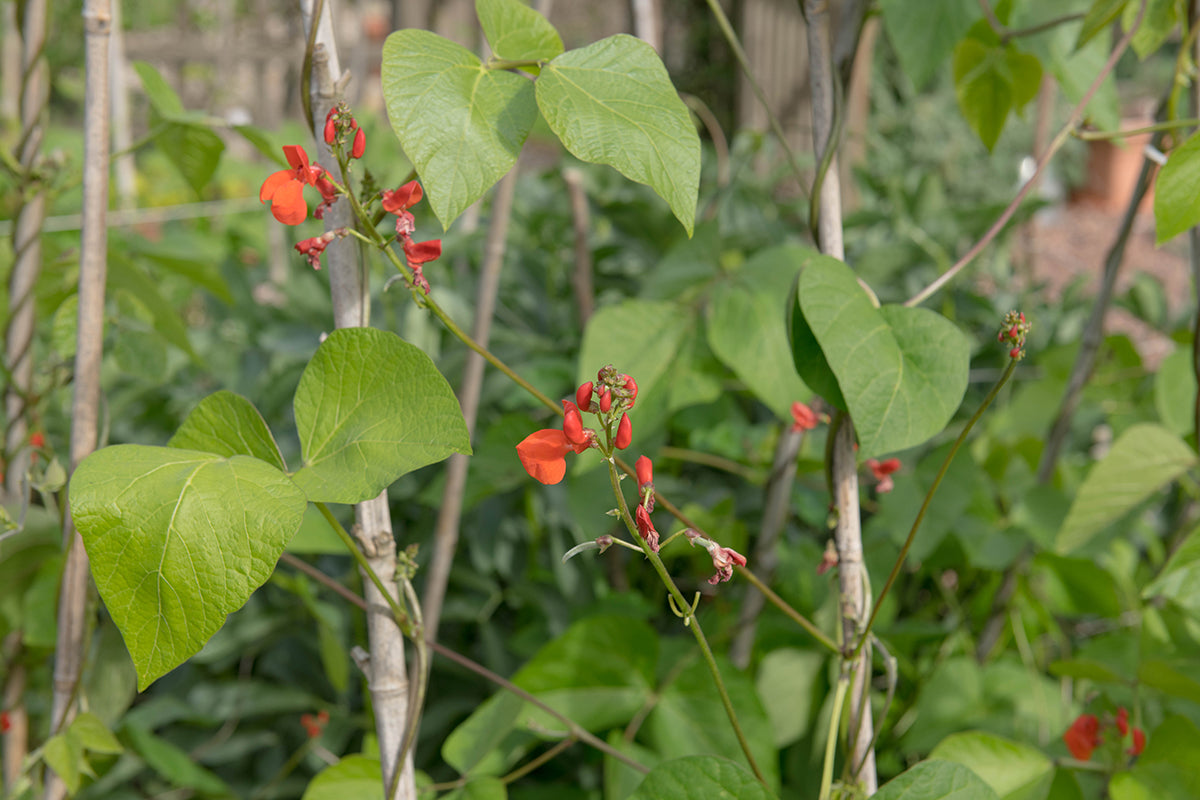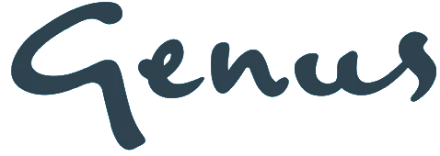On the plot - veg wisdom in June

It’s a wind up
I’m sure we’re all familiar with the scenario - the runner beans have been planted out but no matter how hard we try to help them they just won’t start climbing up their poles. Research suggests it may well be that you’re winding them the wrong way.
All runner beans, no matter the variety, spiral anti-clockwise up their supports. We never realised this until last year when an 86 year old gardening sage in the next village pointed this out to us. Next time you see some runner beans, check their direction of rotation. We’ve yet to see them twining in a clockwise manner. Knowing this will make the job of persuading them to scale your hazel wigwam a much easier task.
Lovage
Lovage is one of those plants that we tend to inherit when we buy a new house or take over a vacant allotment. It’s an imposing plant reaching nearly two metres in height when in flower and as a perennial dies down over winter. It can be used as a vegetable (roots), a herb (leaves), and a spice (seeds) so it’s all the more surprising that we don't see it more often. Additionally its flowers are attractive to bees and other pollinators. Very hardy and requiring little attention ,a plant will slowly expand into a sizeable clump. In fertile soil the tall flowering stems may need supporting. Former presenter of Tomorrow’s world and previous President of The Herb Society, Judith Hann, told us lovage was her favourite herb. She likes to cook a special recipe of Guinea fowl with lovage and lime. The meal can be finished with nectarines, amaretti, and a lovage drizzle. To end the night Judith suggests a glass of lovage and gin fizz, a combination of lovage syrup, lime juice, gin, and soda water. Knowing this, who wouldn’t want lovage in their garden!
Claytonia











